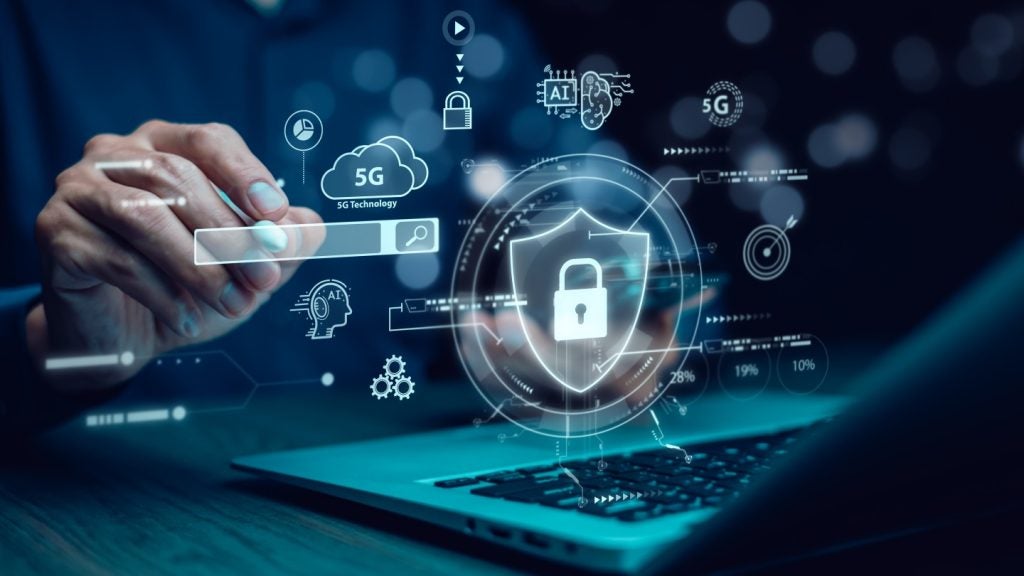
As part of lockdown measures, schools in the UK have been shut since 20 March, with the exception of children of key workers and vulnerable children.
According to the World Economic Forum, there are currently over 1.2 billion children in 186 countries affected by school closures. Although deemed a necessary part of reducing the further spread of coronavirus, schools and students are now faced with an unprecedented situation of pivoting away from classroom teaching and towards online education.
The transition to remote learning
The adoption of digital learning tools has accelerated in the past few years, with students now able to view museum artefacts up-close using virtual reality; use Minecraft for problem solving and visual aids and access virtual classrooms through Google Classroom.
According to a survey by the NewSchools Venture Fund conducted in 2019, 65% of teachers use digital learning tools every day.
However, the switch to remote learning has still been a challenge for educational institutions, with schools having to quickly adapt to new ways of reaching students and many parents simultaneously working from home.
Radnor House School is an independent school in Sevenoaks that has 480 pupils aged between 2 and a half and 18. The school has partnered with solutions integrator Insight to ensure students can still access education while schools’ doors are closed.
How well do you really know your competitors?
Access the most comprehensive Company Profiles on the market, powered by GlobalData. Save hours of research. Gain competitive edge.

Thank you!
Your download email will arrive shortly
Not ready to buy yet? Download a free sample
We are confident about the unique quality of our Company Profiles. However, we want you to make the most beneficial decision for your business, so we offer a free sample that you can download by submitting the below form
By GlobalDataDaniel Melbourne, IT Service Desk Manager at Radnor House School said that the expertise offered by the technology company has been valuable in making the most of remote learning technology:
“We needed to ensure that we had the technological capabilities for children to continue their education from home. By working in close collaboration with our technology partner Insight’s expertise, we have been able to stay ahead of the curve in delivering the best education for our pupils by investing in digital technology to improve their learning experience. Whilst this has had substantial challenges, we’ve been able to facilitate remote learning and collaboration for all our pupils.”
Incorporating technology into learning
Many organisations have created new learning resources designed to help students at this time, such as Bitesize Daily, which has been developed by the BBC to provide daily online lessons and resources from Oak National Academy, which were created by teachers across the country to support primary school pupils.
In the private sector, some tech organisations have made resources available for free, such as Babbel, which is offering three months of free language learning to students in the US, Microsoft’s FastTrack team, which is providing free support to education customers making to switch to remote learning, and Cisco Webex, which is offering free accounts for educators.
For Radnor House, the school is running a full timetable of virtual classes on Microsoft Teams for older pupils, including chat channels hosting different teachers and lessons. Younger pupils are able to listen to phonics recordings and watch their teachers reading stories. The school even hosted virtual Easter holiday camps for families that need holiday childcare while working from home.
“It can be really difficult to work out just what technology – from devices to software – is right for a situation such as this one,” said Melbourne. “That’s why our ongoing collaboration with Insight, and its specialist knowledge, has been so important. Because of this expertise we could pick and incorporate technology that would create a seamless learning environment, without an expensive trial and error process.”
“We had already adopted a Microsoft-based learning environment, predominantly via Microsoft Teams and OneNote. This means that our teachers’ lessons can be delivered through a live stream as per our regular timetable, with a few tweaks for an extended lunch break. This is all combined with the ongoing support we can provide – again in partnership with Insight – meaning any kind of issue is quickly fixed or dealt with. Essentially, whatever is going on behind the scenes, our teachers and students don’t need to worry about it.”
“Teachers are constantly looking for new ways to engage the students”
Although it is important to acknolwedge that this is not equivalent to home education in a normal situation, but rather during a global pandemic, and that different home environments may make it easier for some pupils to learn remotely than others, the switch to remote learning has highlighted the vast range of e-learning tools now available, and the positive impact technology can have on learning.
According to a study from The Research Institute of America, e-learning could increase retention rates 25% to 60%, with students having greater control over the learning process.
Melbourne explains that it is important to use technology to find new ways of engaging students and also maintaining a channel of communication:
“With this new way of working, teachers are constantly looking for new ways to engage the students. For instance, our Year 6 students recently enjoyed a ‘virtual school trip’ of the Globe Theatre. All the students prepared as they would have done for a normal school trip, including making a packed lunch; splitting into groups to explore; and enjoying the opportunity to take lunch together, even if virtually.
“Children and teachers cross the UK have no doubt been affected by not being able to communicate face-to-face in a physical environment. At Radnor House, our live virtual environment has helped children to continue to communicate as – they’re still able to see each other, interact, and talk to the teacher whenever they need to. We have set out to make the experience as close to a ‘normal’ school day as possible.”
“A very real, in-depth alternative”
Melbourne explains that feedback on Radnor House School’s remote learning programme has been positive.
“The feedback from parents has been phenomenal, with students being enthused, engaged, and carrying on with their education as normal. It has allowed parents to work from home uninterrupted: they can leave their child in the virtual school, navigating through their classes, and joining their teachers in a live environment.”
It is possible that, like remote working, the current situation will be an opportunity for educators to re-think how pupils are taught, and assess the role of ed-tech innovations in this. Founder of research group Ed Research Group Sarojani S Mohammed told the Guardian that there is an opportunity to “collectively see and experience how personalised learning and true learner-centered instruction can be accomplished”.
“Without a crystal ball, nobody knows fully how the current situation is going to shape society in general,” said Melbourne. “At Radnor House, our work with Insight has shown us that while not being any substitute for learning in a physical environment, our digital learning environment can offer students a robust platform for them to have the structure of a school day, live interaction, and collaboration in a time of personal isolation. Moving forward, we feel very confident that distance learning for certain students is not just a stop-gap solution but can provide a very real, in-depth alternative.”
Read more: UK government launches online cybersecurity courses for teenagers.







